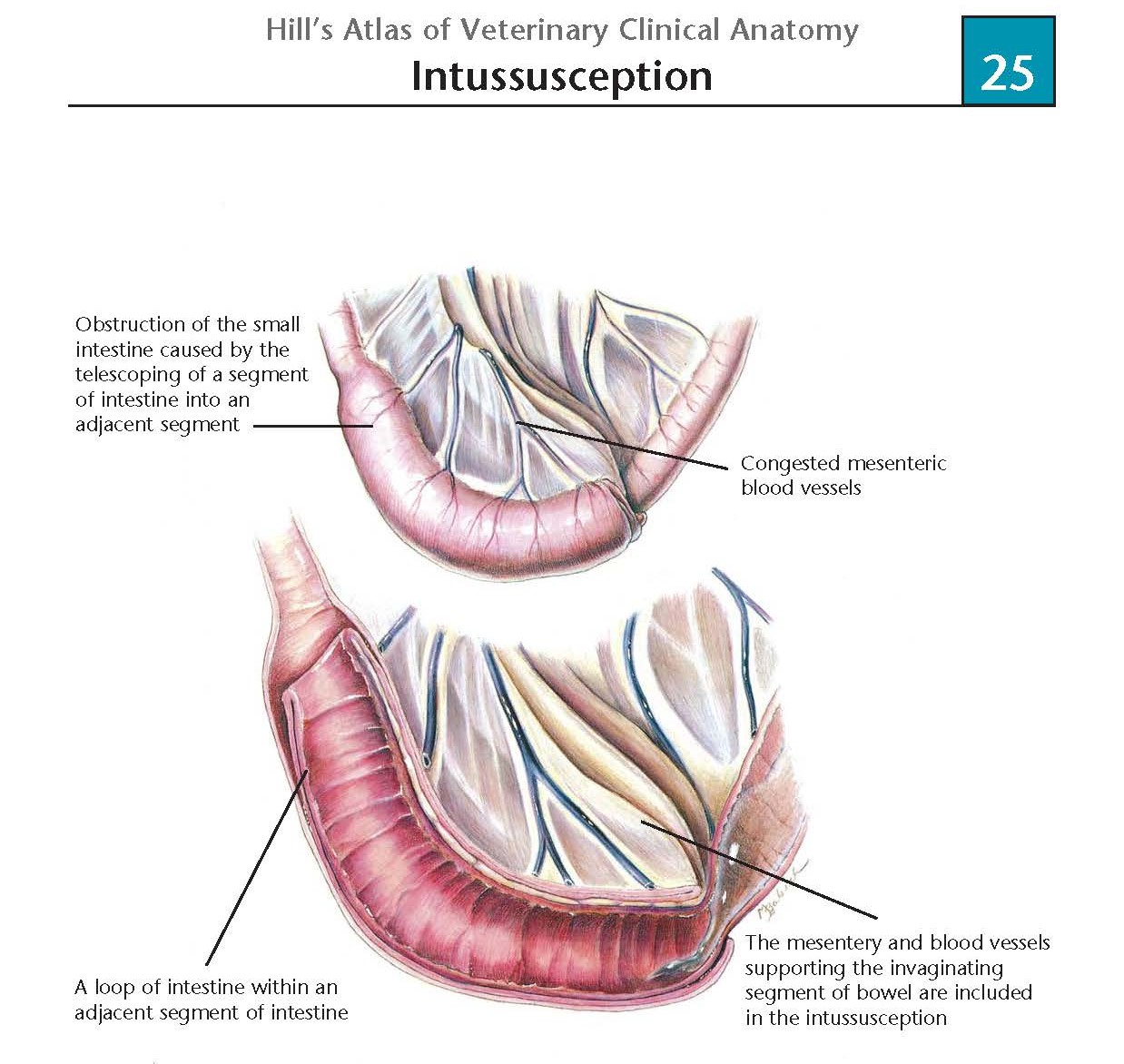The Patient
Snowy, an 8 month old female spayed Domestic Shorthair kitten, came to see me after her owner noticed that she was vomiting and not wanting to eat. She was also acting a little bit off and not as playful as usual.
The Case
On examination, she was a bit lethargic, slightly tense on abdominal palpation, but otherwise everything was normal. I recommended we take xrays of her abdomen to visualize her intestines to make sure there was nothing such as a foreign body that could be causing a blockage. Kittens are notorious for eating things they shouldn't, especially long strings such as ribbons or dental floss that can get trapped in the small intestines. The xrays revealed some concerning findings. Her stomach was empty but her small bowel loops were distended with gas and fecal material in a very unusual pattern. The small intestines of cats are very narrow and typically just contain fluid and ingesta (food that is being digested) but Snowy's contained a more granular material and they were much wider than normal indicating gas build-up and distension. These are signs of a blockage of the intestines known as an obstruction. I could not identify an obvious foreign body such as a rock, ball, or plastic material but in kittens who often ingest string, we sometimes don't see the source of the obstruction on the xrays. I recommended an ultrasound as the next step to try to determine if a more definitive answer could be found. She was referred to our local 24 hour care facility for the ultrasound and potential surgery if indicated. The ultrasound gave us our answer: she had an intussusception! This long hard-to-pronounce word occurs when one segment of the intestine invaginates inside the adjacent intestine similar to how a telescope closes. When this happens, the blood supply to the affected intestine becomes compromised leading to tissue damage, pain, focal inflammation, and often a complete blockage of the bowel loop. This is always a surgical emergency.

The Treatment Plan
Snowy was taken to surgery immediately where the offending portion of the small intestine was isolated and removed in a surgery known as a resection and anastomosis. This means the intussusception is cut out and the healthy ends of the remaining intestine are sutured back together. Thankfully, the small intestine is very long and animals (and people for that matter) can live without the whole thing. But, there are some potential risks and complications that can occur with this type of surgery. If the bowel loops don't heal back together properly, ingesta can leak out and cause a severe infection of the abdomen called peritonitis. Younger animals have less of a risk for this complication and Snowy went on to make a full recovery.
The Outcome
The surgeon did not find a foreign body so we don't really know what caused the intussusception to occur. Intestinal parasites can be a trigger so she was dewormed with two types of dewormer medications just to be safe. A viral infection can also be the cause but none was found in her case. It can also just happen spontaneously. If your pet is showing signs of vomiting or poor appetite, they need to be seen by their veterinarian.
The Drake Center for Veterinary Care is an AAHA-accredited animal hospital located in Encinitas, CA. The Drake Center loves being a source of information for all pet owners across the country; however, if you have any questions regarding pet care and do not live in Encinitas, CA or surrounding cities, we encourage you to contact your local veterinarian.

